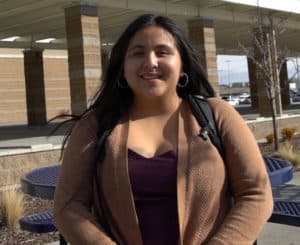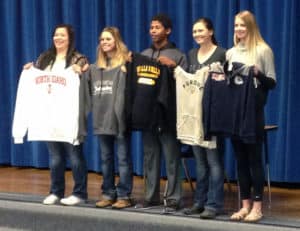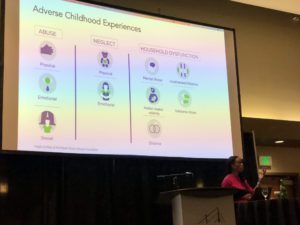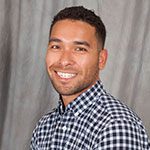Will the Voice of Washington Parents, Students, and Voters on Charters Prevail?
(Why Washington’s May 17th Supreme Court Oral Arguments Matter)
By Bing Howell, Chief External Affairs Officer, Washington State Charter Schools Association
Guest Blogger

I remember reading the disheartening news about the Washington’s state Supreme Court decision to overturn the legality of charter schools in 2015 from afar. I was aghast. At the time, I was living and working in the K-12 education space in Baton Rouge, Louisiana, but I was closely following the developments in Washington for several reasons:
- Public opinion had spoken in favor of charter public schools: Washington voters had passed Initiative 1240, an initiative designed to establish a charter public school sector in Washington.
- Washington’s charter law was strong: Washington legislators had taken advantage of the 41 other states that had authorized charters to create best-in-class statutes and regulations to govern charter schools and their growth across the state.
- There was strong demand from parents, who were expressing the urgent need for high-quality public school options for their children: Over 1,000 students and families eagerly enrolled to attend new charters in Seattle, Tacoma, and Spokane.
- High quality school leaders were leading the movement: You would be hard pressed to find any state in the country starting off with a stronger group of pioneering leaders than in Washington. An army of educational leaders from across the state and country joined forces to make a bold vision for Washington’s new public school sector a reality.
These seemed like the right conditions for a strong charter sector that would respond to Washington’s educational inequities and provide struggling students with new, high-quality, and innovative school models… Read More



 By Kelly Munn, League of Education Voters State Field Director
By Kelly Munn, League of Education Voters State Field Director

 By Daniel Zavala, League of Education Voters Director of Policy and Government Relations
By Daniel Zavala, League of Education Voters Director of Policy and Government Relations